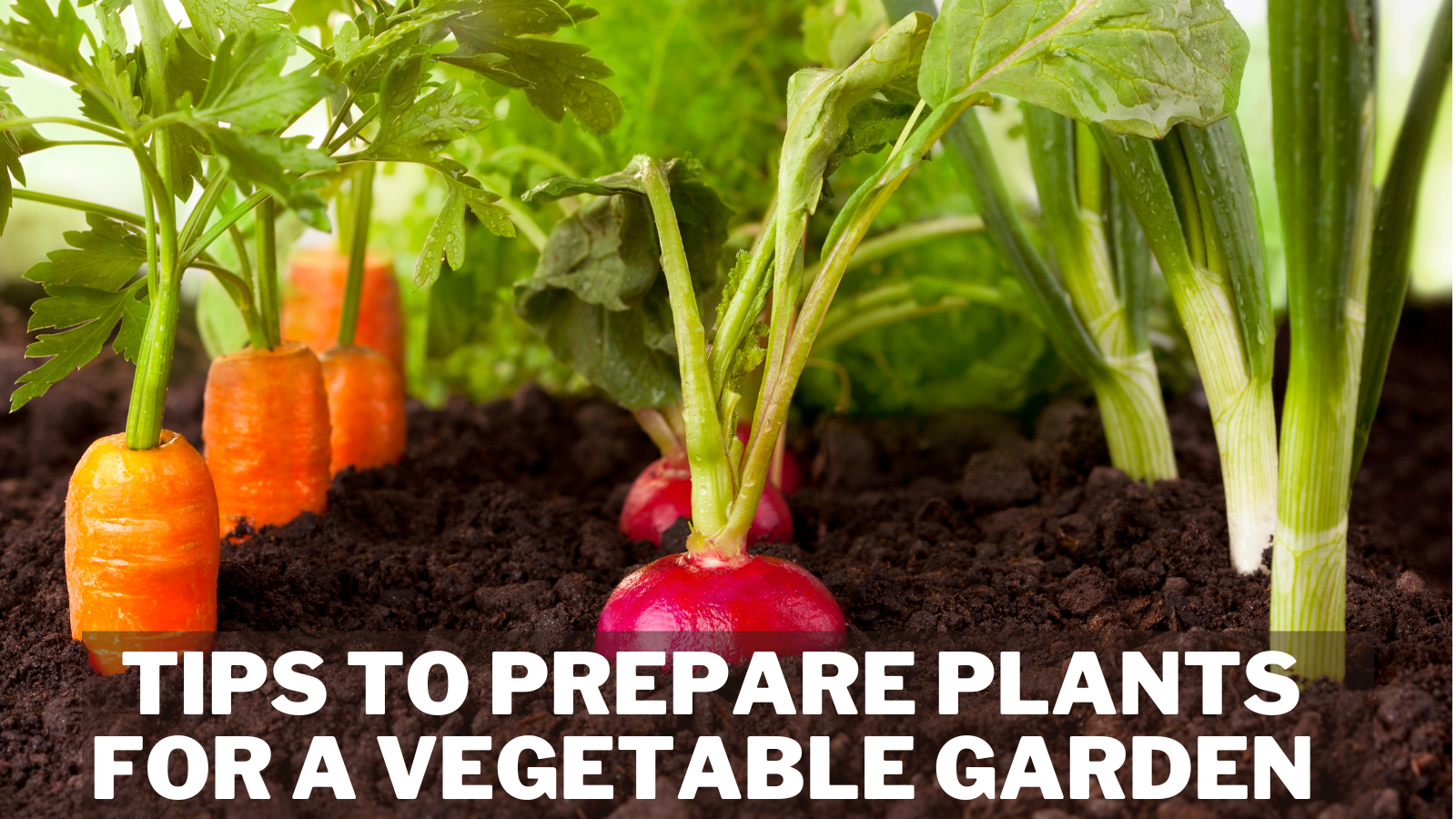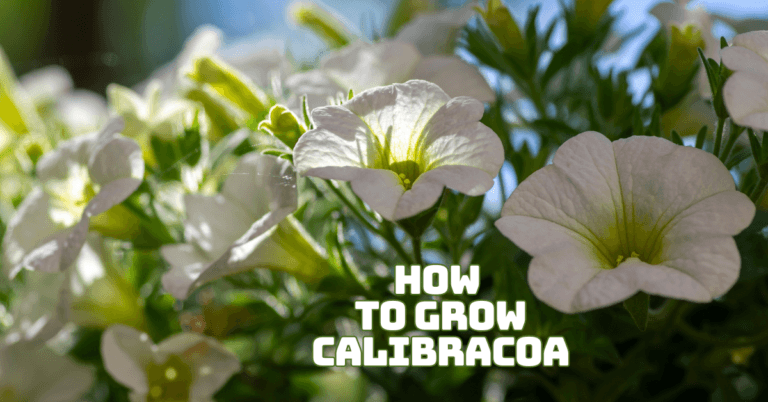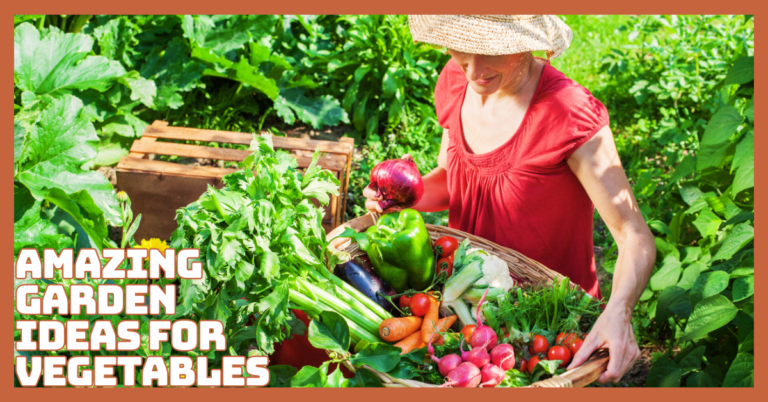Best Tips To Prepare Plants For A Vegetable Garden
Best Tips To Prepare Plants For A Vegetable Garden
Embarking on creating your vegetable garden is a rewarding and environmentally conscious endeavour.
The prospect of growing fresh, organic produce right in your backyard is satisfying and contributes to sustainable living. However, a successful vegetable garden only happens by chance.
It requires careful planning and preparation, and implementing the tips to prepare plants for a vegetable garden is essential.
This article will explore essential tips for preparing your plants for a flourishing vegetable garden.
Whether you're a seasoned gardener or a novice with a green thumb, these insights will help you lay the foundation for a bountiful harvest.
Importance Of Preparation
Preparing plants for a vegetable garden is a crucial step that sets the stage for a successful and productive gardening experience.
The significance of this preparation cannot be overstated. It's the foundation upon which a flourishing garden is built.
Proper preparation ensures that your soil is rich in nutrients, well-drained, and free from pests and diseases, providing the ideal environment for your plants to thrive.
Moreover, it allows you to make informed choices about what to grow and where to grow it, optimizing space and sunlight.
When given the right conditions, plants establish strong roots, resist stressors, and produce higher yields.
This preparation is like the warm-up before a marathon, ensuring your plants are ready to go far.
It's the secret to reaping the rewards of a bountiful and healthy vegetable garden, making your gardening journey more enjoyable and environmentally sustainable.
So, before you even think about planting a single seed, take the time to prepare your plants and garden – your future harvest will thank you for it.
Tips To Prepare Plants For A Vegetable Garden
Preparing plants for a vegetable garden ensures a bountiful and healthy harvest. To help you create a beautiful garden, consider the following things:
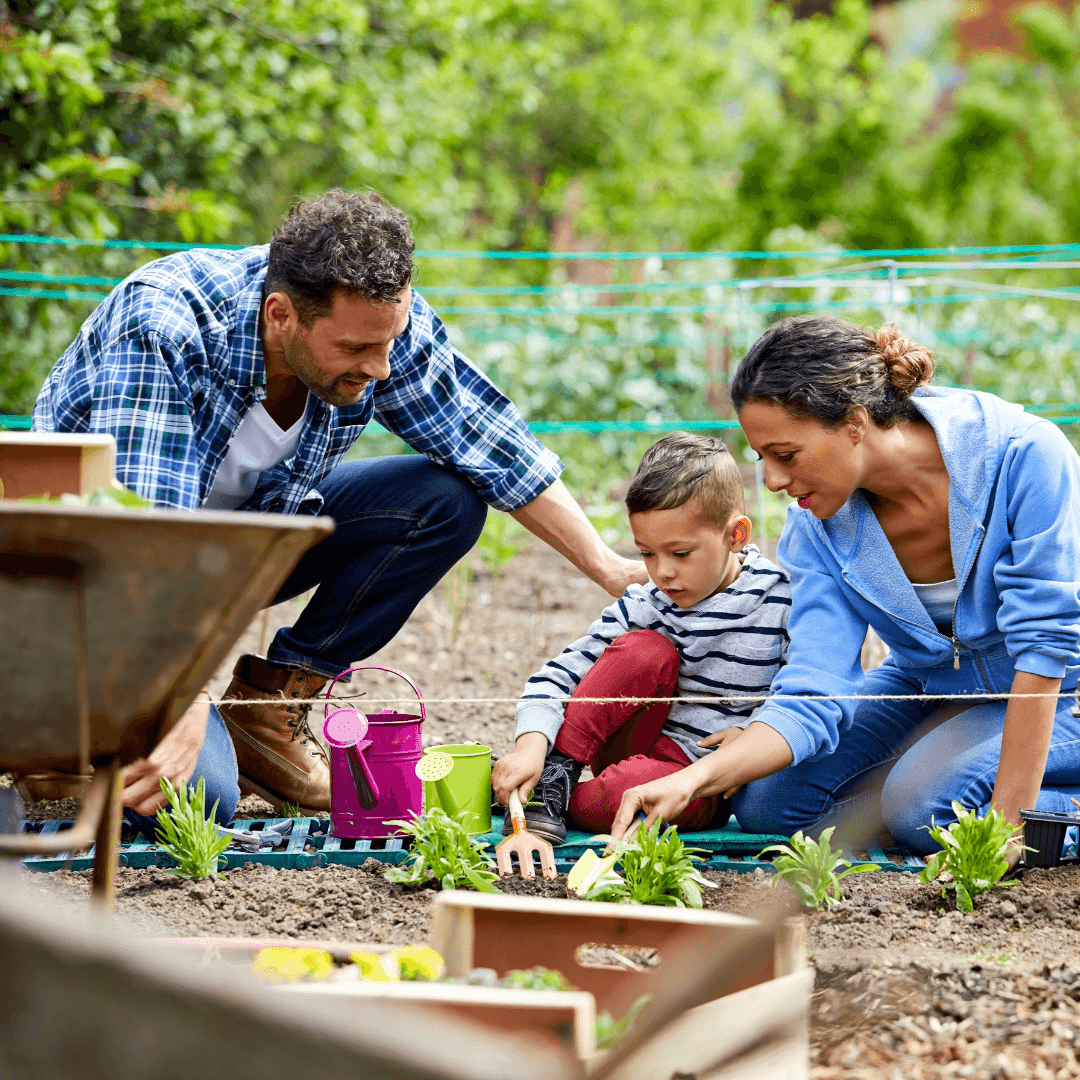
1. Choosing The Right Location
The right location for your vegetable garden is a pivotal decision to make or break your gardening success.
Start by considering the amount of sunlight your chosen spot receives. Most vegetables thrive in full sunlight, so picking an area that basks in sunlight for at least 6-8 hours a day is essential.
Next, evaluate the soil quality. Conduct a soil test to determine pH, nutrient levels, and drainage.
This information will guide you in making necessary soil amendments to create the ideal growing conditions for your plants.
Additionally, proximity to a water source is vital. Vegetables need consistent moisture, so it's advantageous to position your garden within easy reach of a water supply, whether it's a garden hose, irrigation system, or rainwater collection system.
By carefully considering these factors and choosing a location that aligns with the sunlight, soil quality, and water accessibility required for your vegetable garden, you'll set the stage for a thriving and productive growing season.
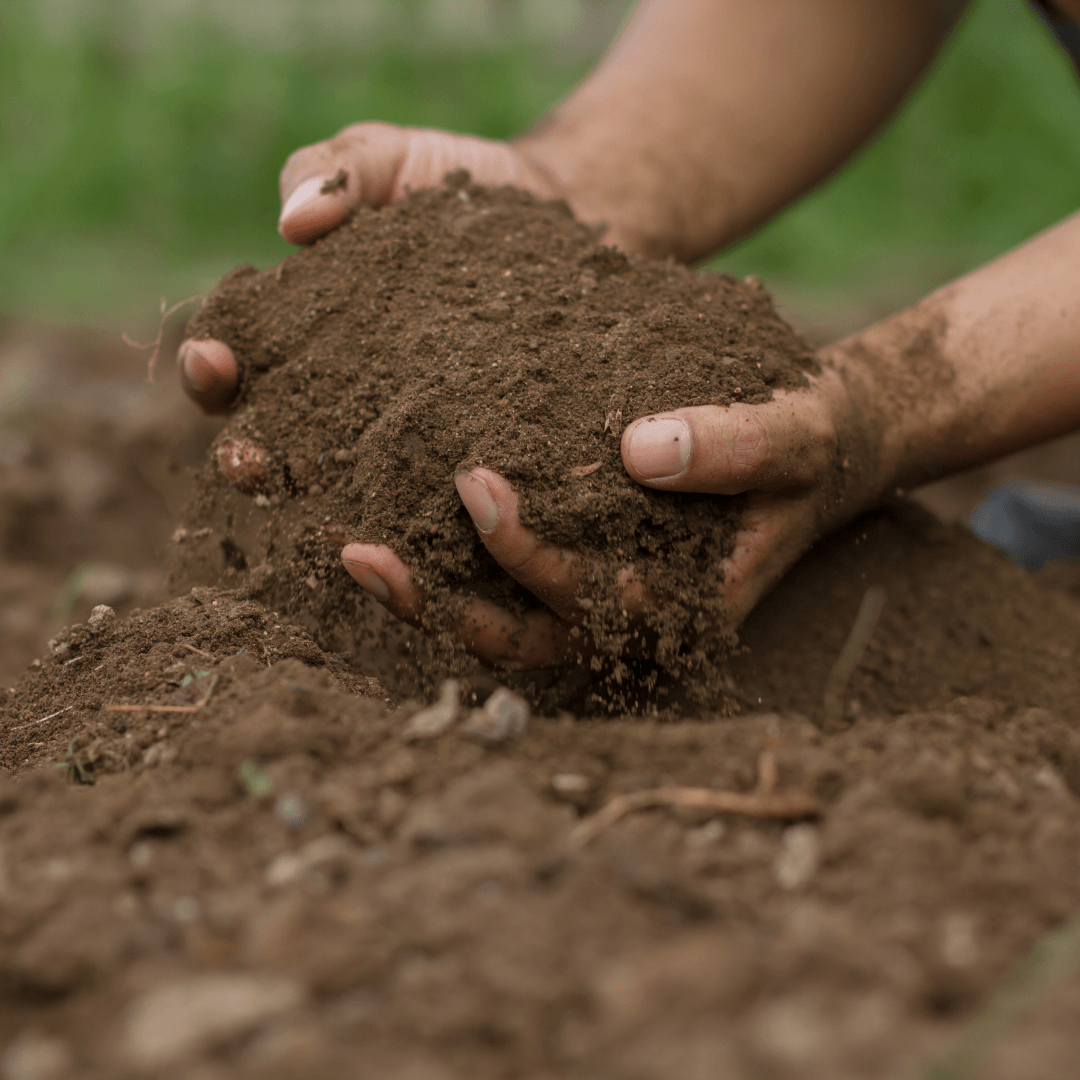
2. Soil Testing And Improvement
Soil testing and improvement are fundamental to preparing your vegetable garden for success.
Conducting a soil test allows you to gain critical insights into your soil's nutrient levels and pH, ensuring that you provide the ideal environment for your plants.
The results of a soil test guide you in making informed decisions about the types and quantities of soil amendments required.
Adding organic matter, such as compost, well-rotted manure, or peat moss, can enhance soil structure, increase its water-holding capacity, and supply essential nutrients.
These amendments create an optimal growing environment, promoting healthy root development and robust plant growth.
Whether your soil is too acidic or alkaline, amending it according to the test results will lead to a balanced pH, which is vital for nutrient uptake by your plants.
Essentially, soil testing and improvement are the keys to customizing your soil to meet the unique needs of your chosen vegetable crops, setting the stage for a thriving and productive garden.
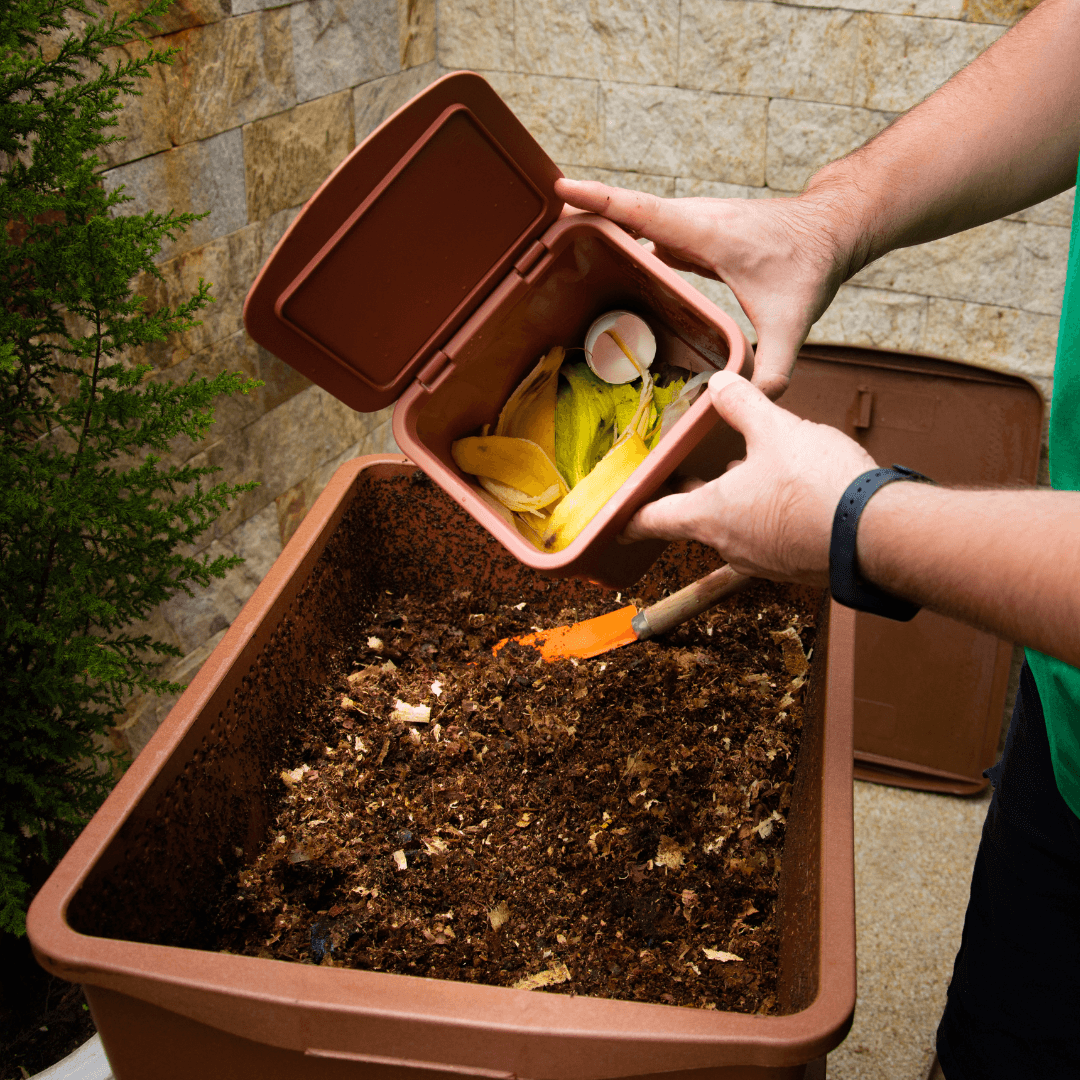
3. Composting
Composting is a powerful and sustainable practice that can significantly enhance your vegetable garden's health and productivity.
It reduces the amount of organic waste in landfills and creates a nutrient-rich soil conditioner that's like liquid gold for your plants.
Compost adds valuable organic matter to the soil, improving its structure, moisture retention, and nutrient content.
To create a compost pile, start by collecting kitchen scraps, yard waste, and other organic materials like leaves, grass clippings, and vegetable peels. Layer these materials in a compost bin or designated area in your garden.
Over time, microorganisms break down the organic matter, transforming it into nutrient-rich humus.
The result is a dark, crumbly substance that enriches your soil, enhances its water-holding capacity, and provides a steady supply of essential nutrients to your plants.
By embracing composting, you're reducing waste and fostering a healthier, more sustainable, eco-friendly garden primed for a bountiful vegetable harvest.
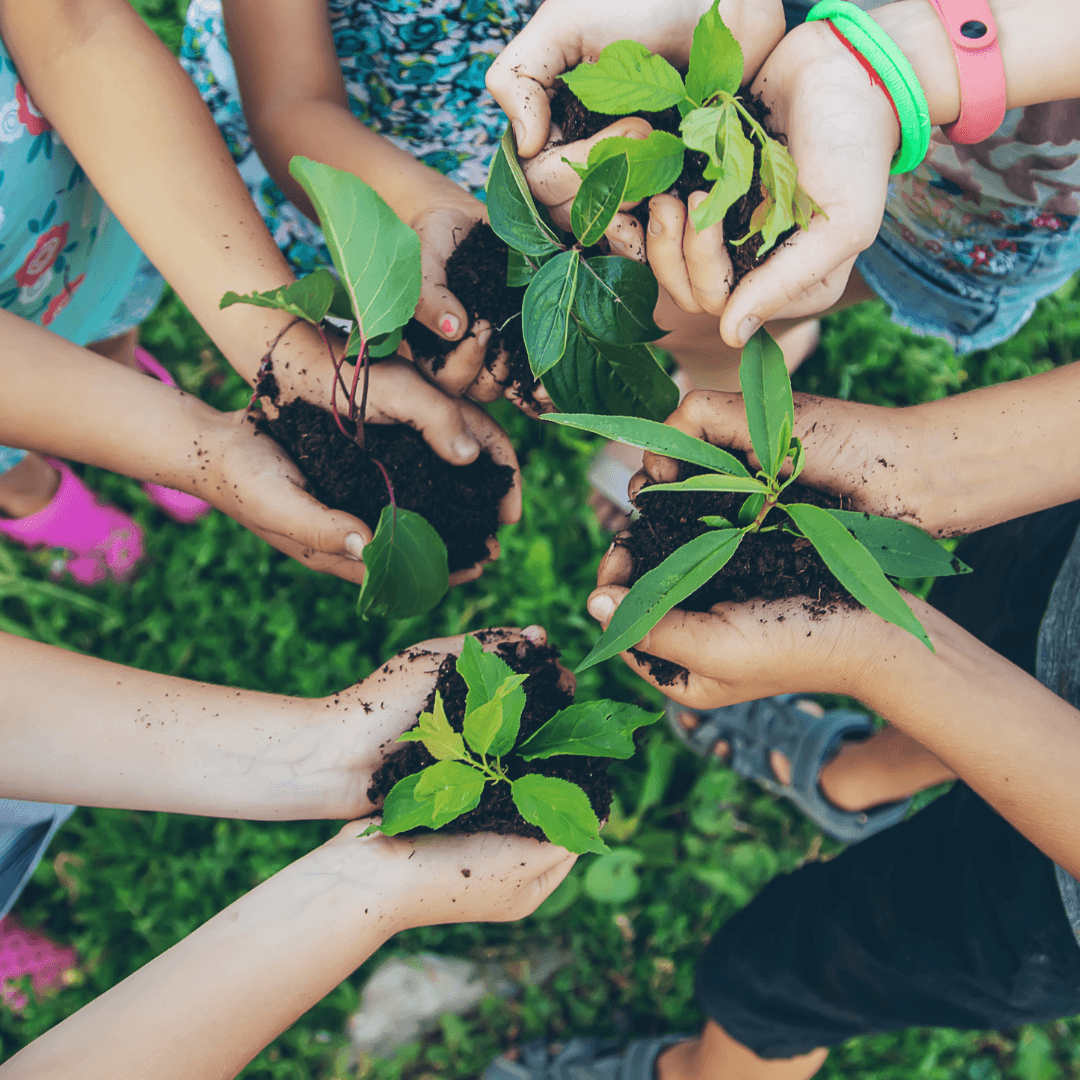
4. Plant Selection
Selecting the right vegetables for your garden is crucial in its preparation. Tips to prepare plants for a vegetable garden include selecting the right vegetables, which is a crucial step in its preparation.
Consider your location, climate, and personal preferences to make informed choices. Start by choosing vegetables well-suited to your climate and the time of year you plan to plant.
Some vegetables thrive in cool weather, while others prefer the heat. Additionally, think about your personal preferences and dietary choices.
Do you enjoy fresh greens, colourful bell peppers, or root vegetables? Tailor your selections to align with the vegetables you love to eat.
Moreover, consider your garden space and available resources. If you have limited space, opt for compact or container-friendly varieties.
By carefully considering these factors, you'll ensure that your vegetable garden is populated with plants suitable for your region and cater to your culinary tastes, making your gardening journey a more enjoyable and rewarding experience.

5. Starting From Seeds vs Seedlings
Choosing whether to start your vegetable plants from seeds or purchase seedlings is a decision that can significantly impact your garden's success.
Starting from seeds offers a wider variety of choices, allowing you to grow unique or heirloom varieties. It's also a cost-effective option.
However, it requires more time and effort, as you'll need to provide optimal conditions for germination and early growth.
Seedlings, on the other hand, provide a head start, saving time and offering convenience. They are ideal for those with limited gardening experience.
Nevertheless, your options may be limited to what is available at local nurseries, and costs can add up.
Deciding which method to use depends on your goals, available time, and expertise. Whether you choose seeds or seedlings, ensuring they are high-quality and free from pests or diseases is essential.
By making the right choice for your specific needs and resources, you'll lay the foundation for a successful vegetable garden.
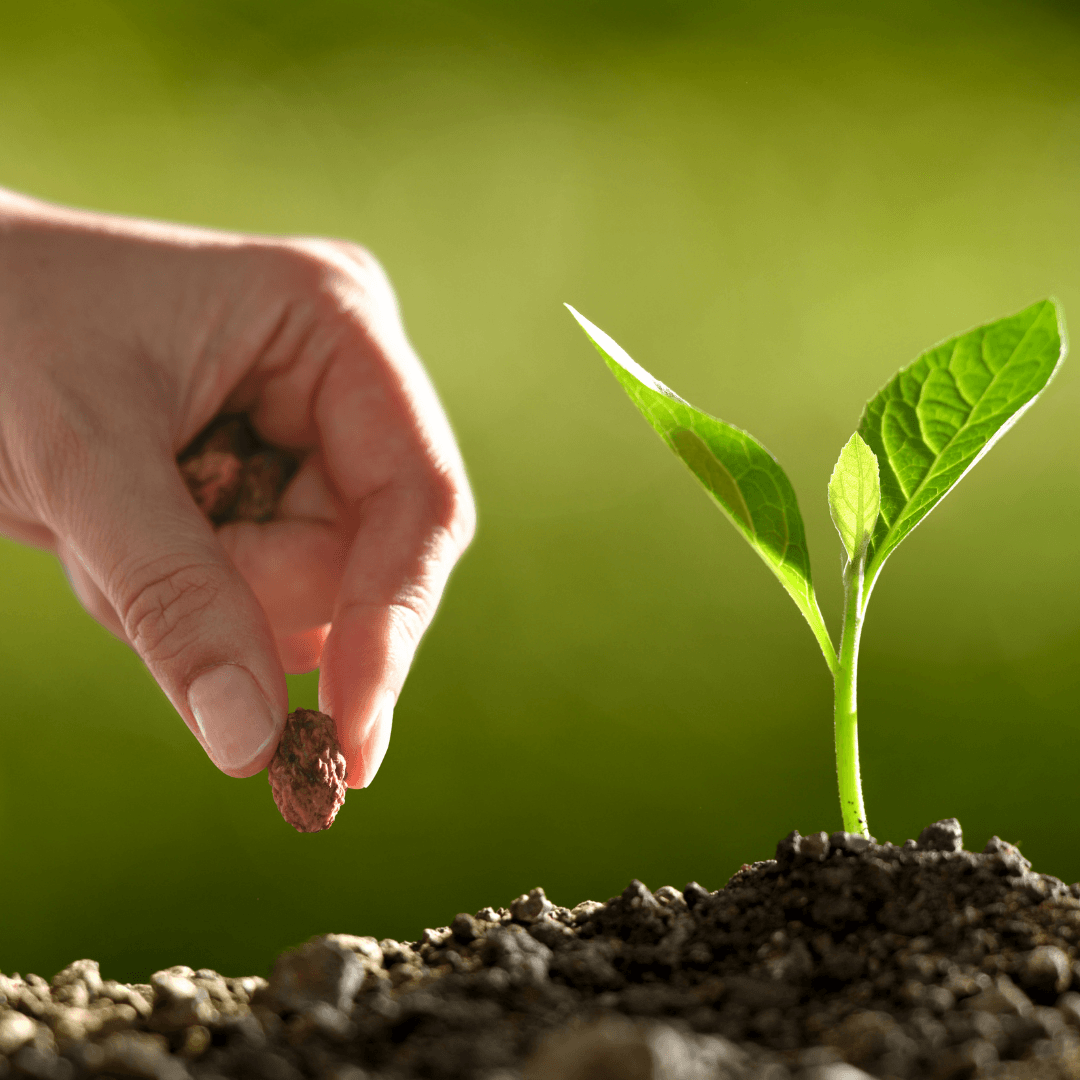
6. Planting Techniques
Proper planting techniques are a critical aspect of preparing your vegetable garden for success.
Different vegetable varieties have specific requirements, so it's essential to understand the nuances of each.
Pay attention to planting depth, as some seeds need to be sown close to the surface, while others require deeper placement.
Spacing is equally important to allow plants room to grow and access sufficient nutrients and sunlight. Research the specific spacing recommendations for your chosen vegetables.
Additionally, consider the care each plant needs, such as watering, mulching, and fertilizing. Some vegetables thrive with frequent watering, while others prefer drier conditions.
Mulching helps conserve moisture and suppress weeds, contributing to a healthier garden. Fertilizing needs vary; some plants require richer soil, while others can thrive in less fertile conditions.
Mastering these planting techniques for various vegetable varieties will create an environment where your plants can flourish and produce a bountiful harvest.
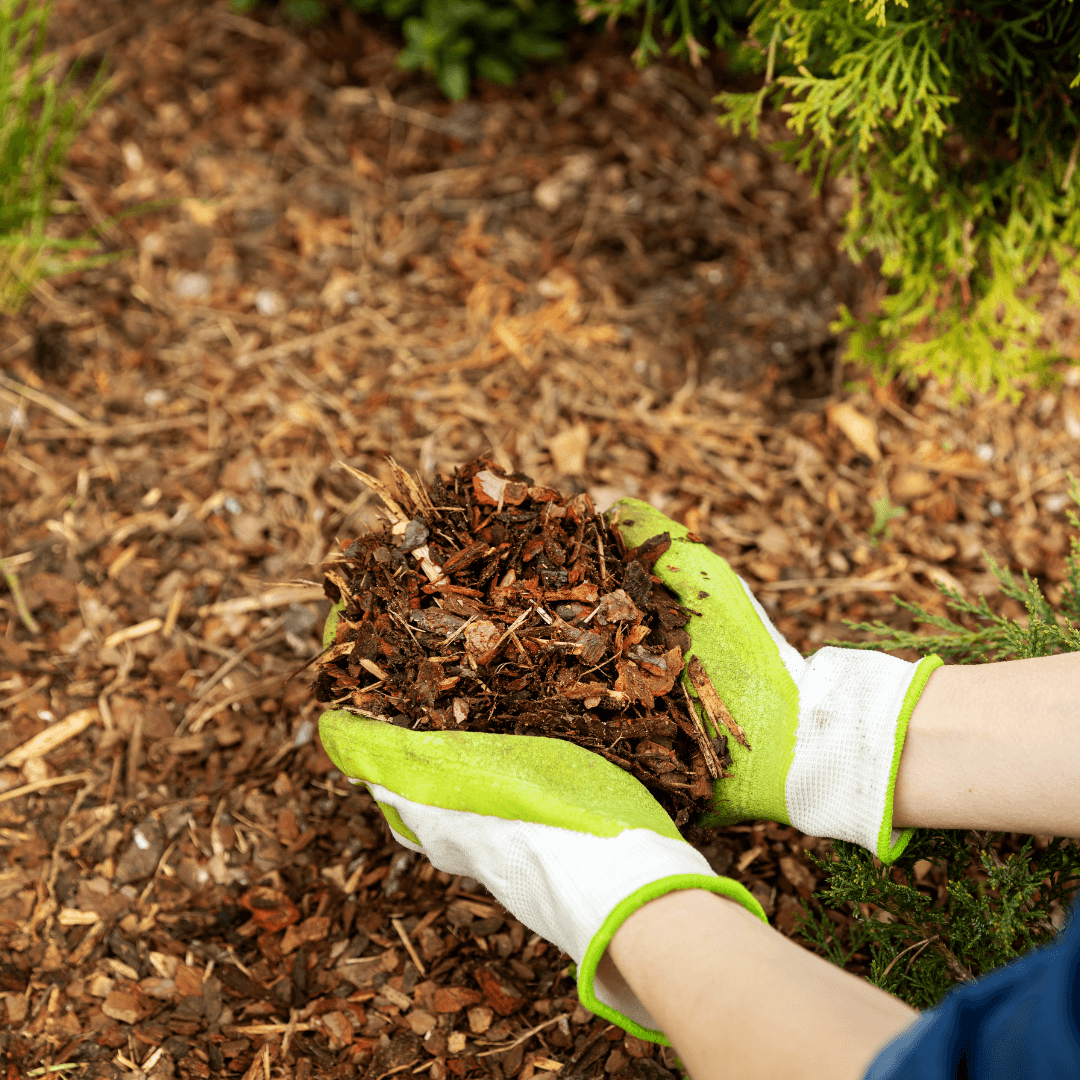
7. Mulching
Mulching is a valuable practice in vegetable garden preparation, offering a range of benefits.
Applying mulch can conserve moisture in the soil, reducing the need for frequent watering, especially in hot climates.
Mulch acts as a protective layer, shielding the soil from direct sunlight and preventing rapid evaporation.
Additionally, mulch suppresses weeds, inhibiting their growth by blocking sunlight and creating a barrier that prevents weed seeds from taking root.
It also helps regulate soil temperature, keeping it cooler in the summer and warmer in the winter.
To apply mulch, start by clearing the garden area of existing weeds and debris. Spread a layer of mulch, such as straw, wood chips, or shredded leaves, evenly over the soil.
Maintain a 2-4 inches thickness to achieve the best results. Leave space around the plant stems to prevent rot and allow air circulation.
To ensure the successful cultivation of your vegetable garden, remember these tips to prepare plants for a vegetable garden throughout the seasons.
Mulching not only makes gardening more manageable by reducing maintenance but also ensures your vegetables have the ideal conditions for growth and a higher chance of thriving.
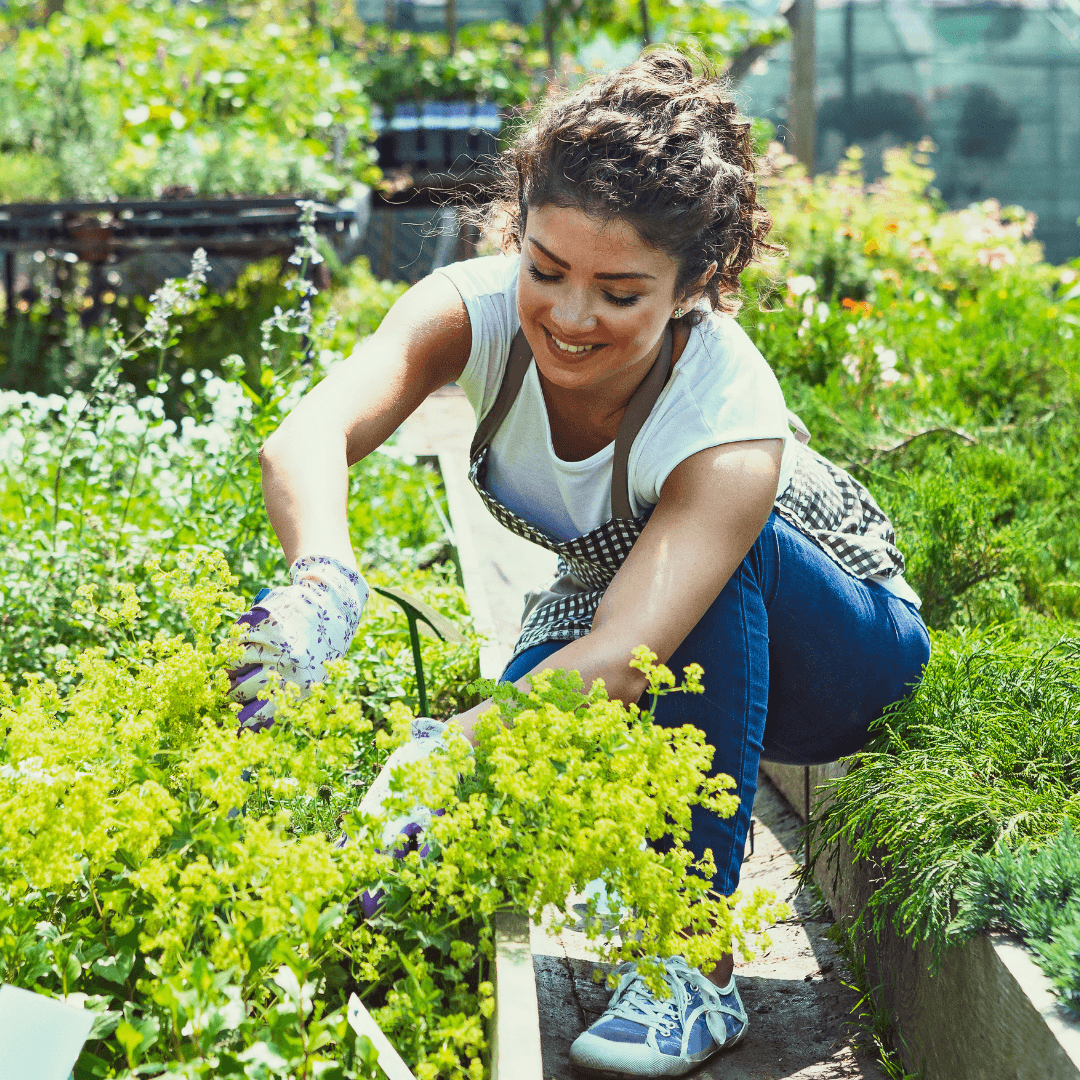
8. Organic Gardening Practices
Promoting organic gardening practices is a vital part of preparing your vegetable garden. Organic gardening emphasizes using natural, eco-friendly methods to cultivate your plants.
It involves avoiding synthetic pesticides and fertilizers that can harm the environment and human health.
Instead, focus on practices like crop rotation to prevent soil depletion, companion planting to deter pests naturally, and using organic compost and mulch to enrich your soil.
Organic gardening is better for the planet and ensures that your vegetables are free from harmful chemical residues, making them healthier and safer to consume.
By embracing these organic methods, you contribute to a sustainable and thriving garden where nature's balance is respected and the quality of your homegrown vegetables is at its best.
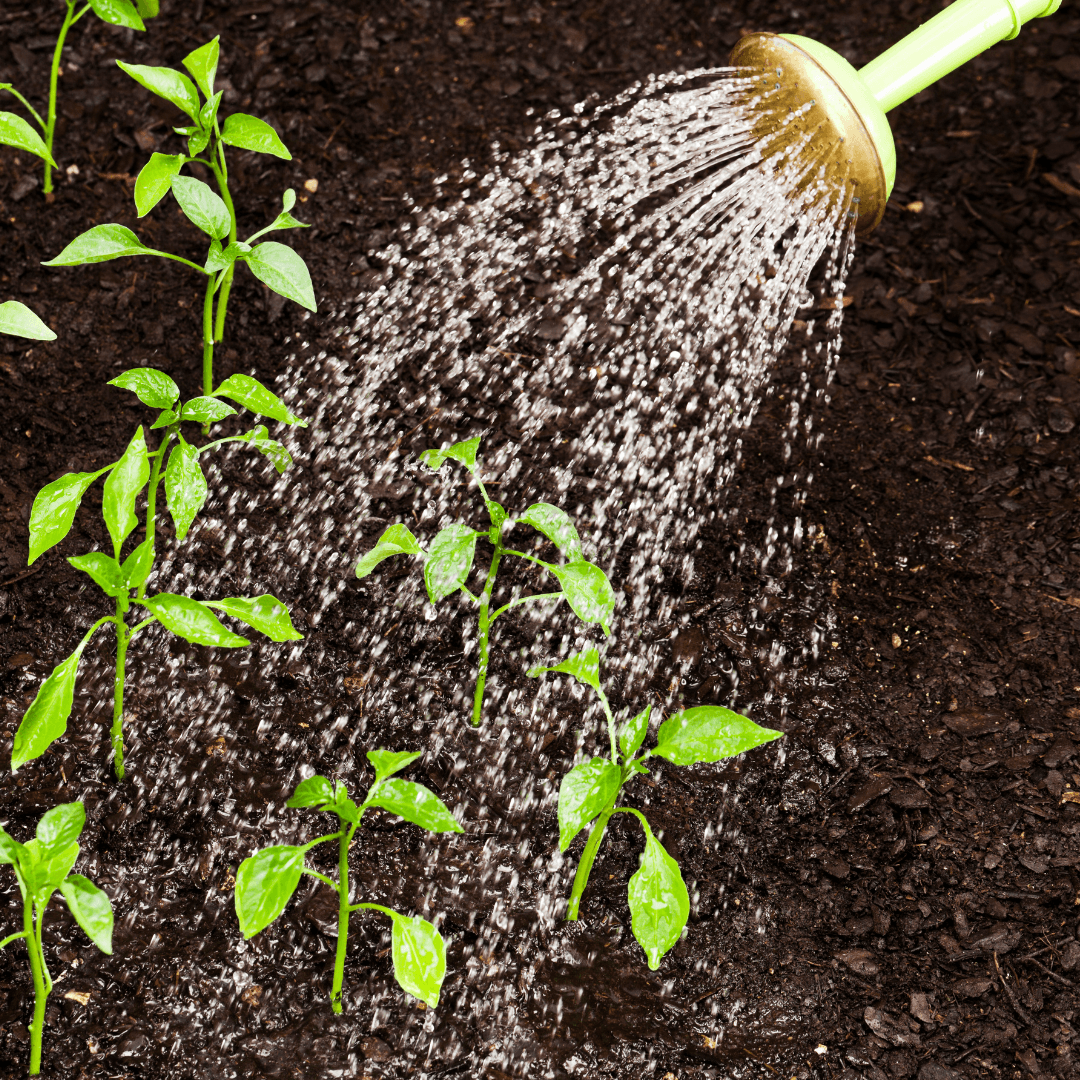
9. Watering And Irrigation
Watering and irrigation are essential to preparing your vegetable garden. The key is to water your garden consistently and effectively.
It's best to water in the early morning or late afternoon to reduce water loss due to evaporation. Aim to water deeply but infrequently to encourage deep root growth.
Watering frequency depends on factors like your local climate, soil type, and the specific needs of your vegetables.
Conduct a simple soil moisture test by sticking your finger into the soil; if it's dry at a depth of about 2 inches, it's time to water.
Use soaker hoses or drip irrigation systems to avoid water wastage and ensure that water reaches the roots.
These methods deliver water directly to the base of plants, reducing the risk of fungal diseases on leaves.
By mastering these watering techniques and adjusting them according to your garden's unique conditions, you'll ensure your plants receive the moisture they need to thrive and produce a bountiful harvest.
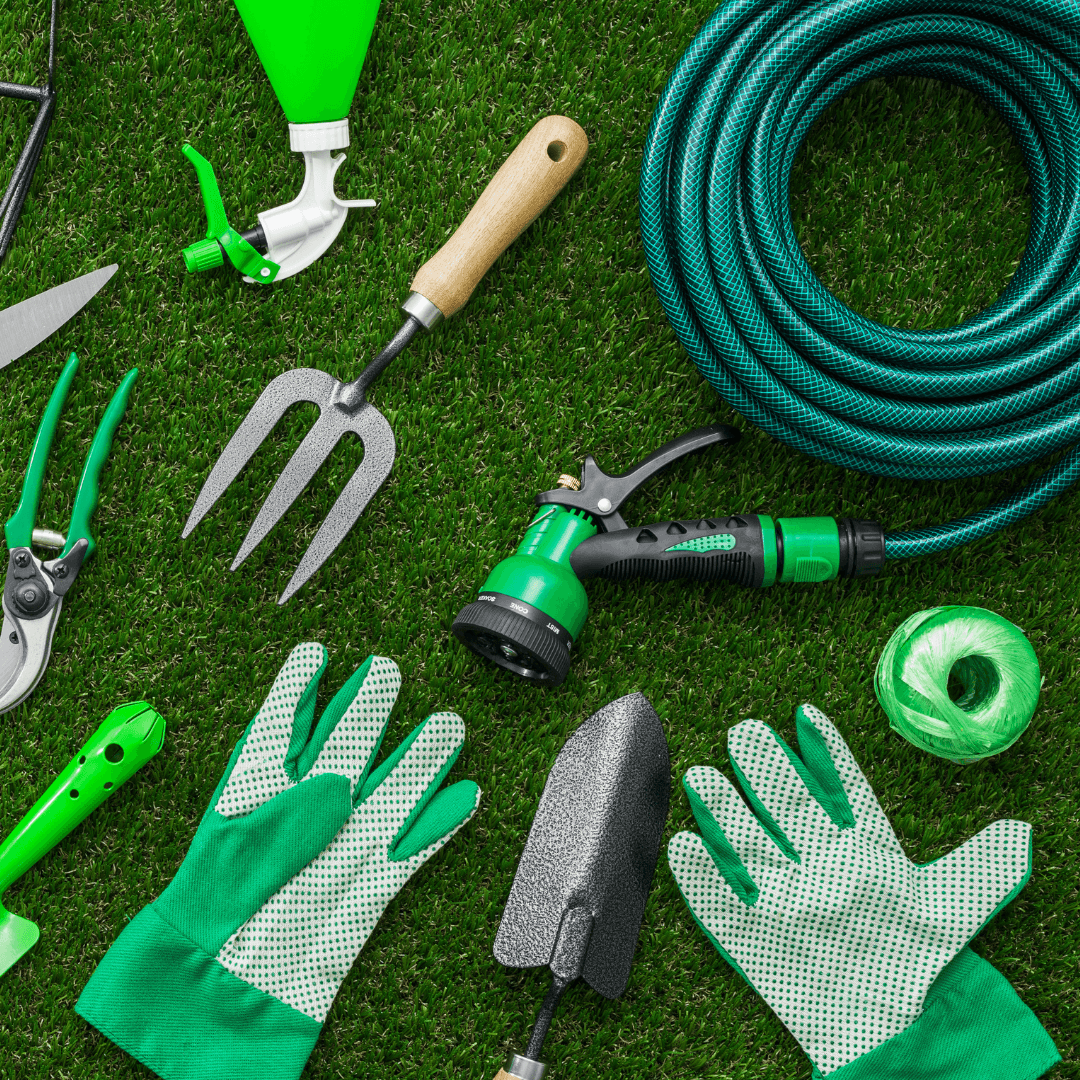
10. Garden Tools
Garden tools are the backbone of your vegetable garden preparation. Don't overlook the importance of garden tools when following tips to prepare plants for a vegetable garden.
The right tools can significantly ease the process and make it more efficient. Essential tools include a sturdy shovel for digging and turning soil, a hoe for weeding and cultivating, a hand trowel for precise planting, and a garden rake for levelling and smoothing soil. Pruning shears are crucial for trimming and maintaining your plants.
A wheelbarrow or garden cart will help you transport soil, compost, and harvested vegetables. Investing in good-quality equipment to ensure durability and reliability is essential, saving you time and effort in the long run.
Well-maintained tools will make the preparation and maintenance of your garden more manageable, allowing you to enjoy the satisfying process of nurturing your plants and harvesting fresh vegetables.
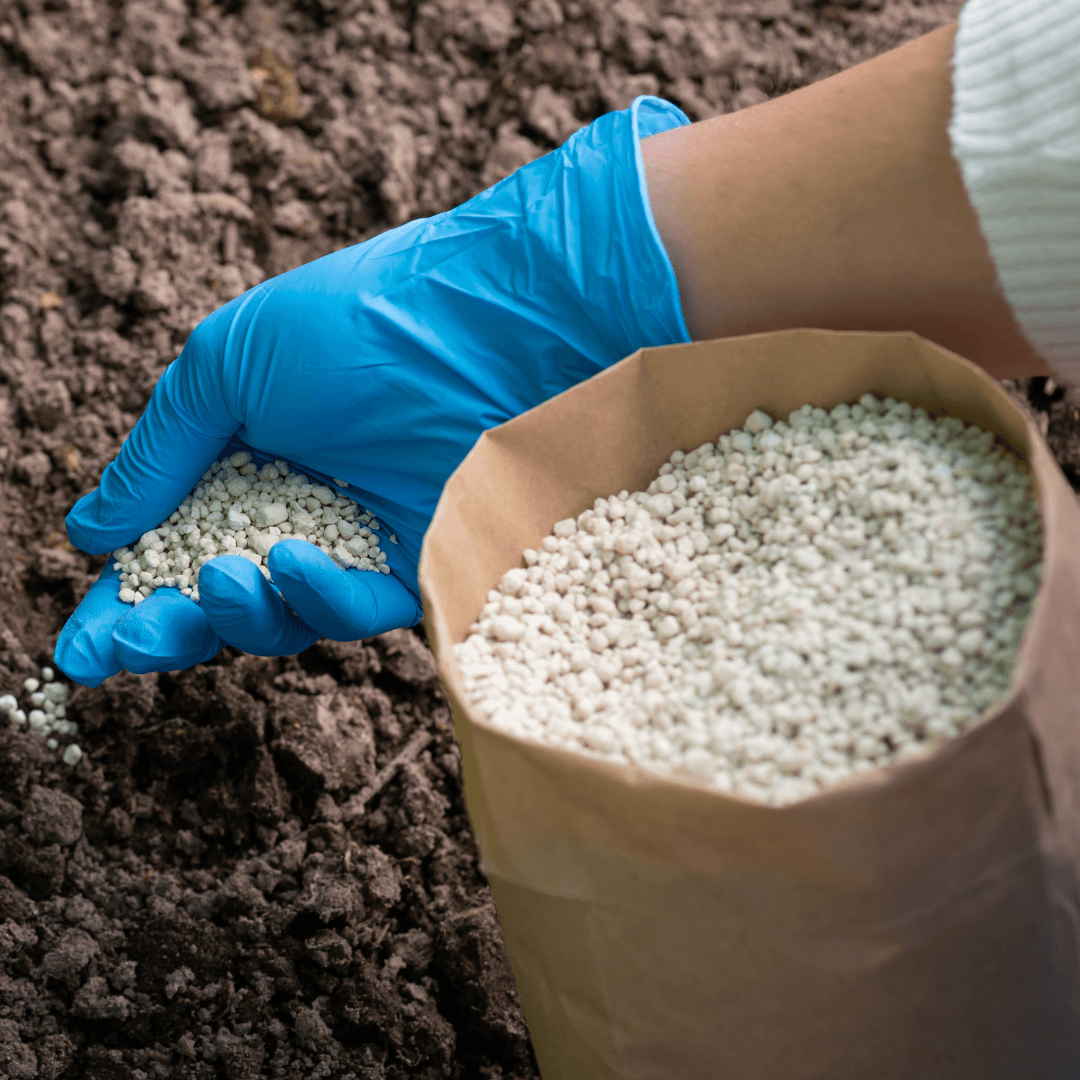
11. Fertilization
Fertilization is a critical step in preparing your vegetable garden. Organic fertilizers, such as compost and well-rotted manure, and natural fertilizers, like bone meal or fish emulsion, provide essential nutrients to your plants.
Compost is a versatile and rich source of organic matter, offering a balanced mix of nutrients. When properly aged, well-rotted manure adds valuable nitrogen and organic material to the soil.
Natural fertilizers like bone meal contribute phosphorus for root development, and fish emulsion provides a quick nitrogen boost.
To establish a successful fertilization routine, preparing your soil before planting is essential by incorporating compost or well-rotted manure.
As your plants grow, provide additional nutrients at key stages, such as when seedlings establish their first true leaves or during flowering and fruiting.
Organic fertilizers release nutrients slowly, ensuring plants receive a consistent supply throughout their growth cycle.
This approach fosters healthy, productive vegetables and contributes to soil fertility, supporting your garden's long-term success.
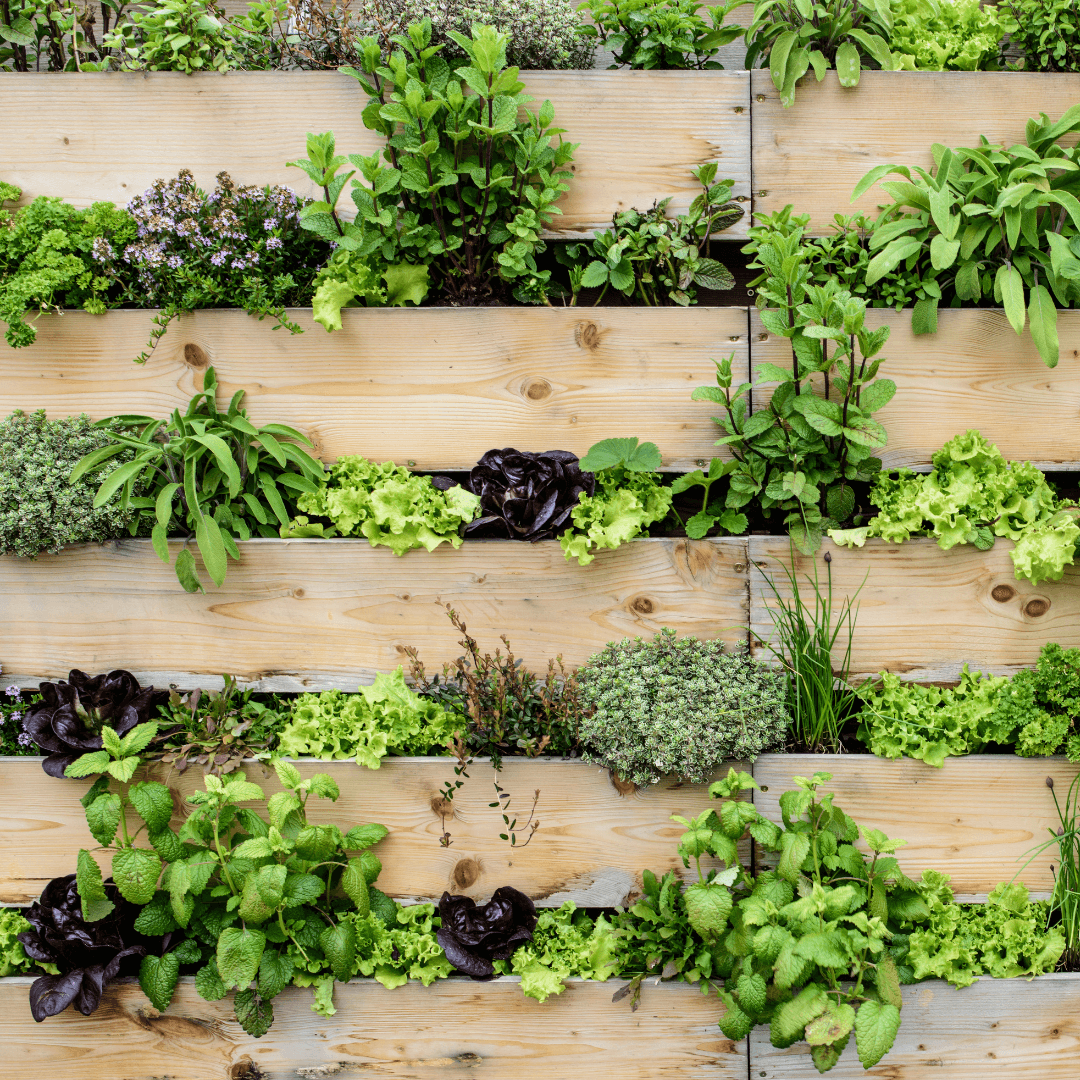
12. Vertical Gardening
Vertical gardening is a creative approach to vegetable garden preparation that optimizes space and productivity.
By utilizing trellises, arbours, and containers, you can make the most of your available area, whether you have limited space or want to grow more in less space.
Vegetables like tomatoes, cucumbers, and pole beans are well-suited for vertical gardening. These plants can be trained to climb, saving valuable ground space.
Trellises and arbours provide sturdy support for vining crops, while containers like hanging baskets or wall-mounted pockets can hold smaller vegetables and herbs.
Vertical gardening increases your garden's yield and enhances air circulation and sunlight exposure, which can reduce the risk of fungal diseases.
This approach adds a creative and visually appealing dimension to your garden while allowing you to grow a wide variety of vegetables in a smaller area, making it an excellent option for gardeners with limited space or those looking to add an element of design to their vegetable garden.
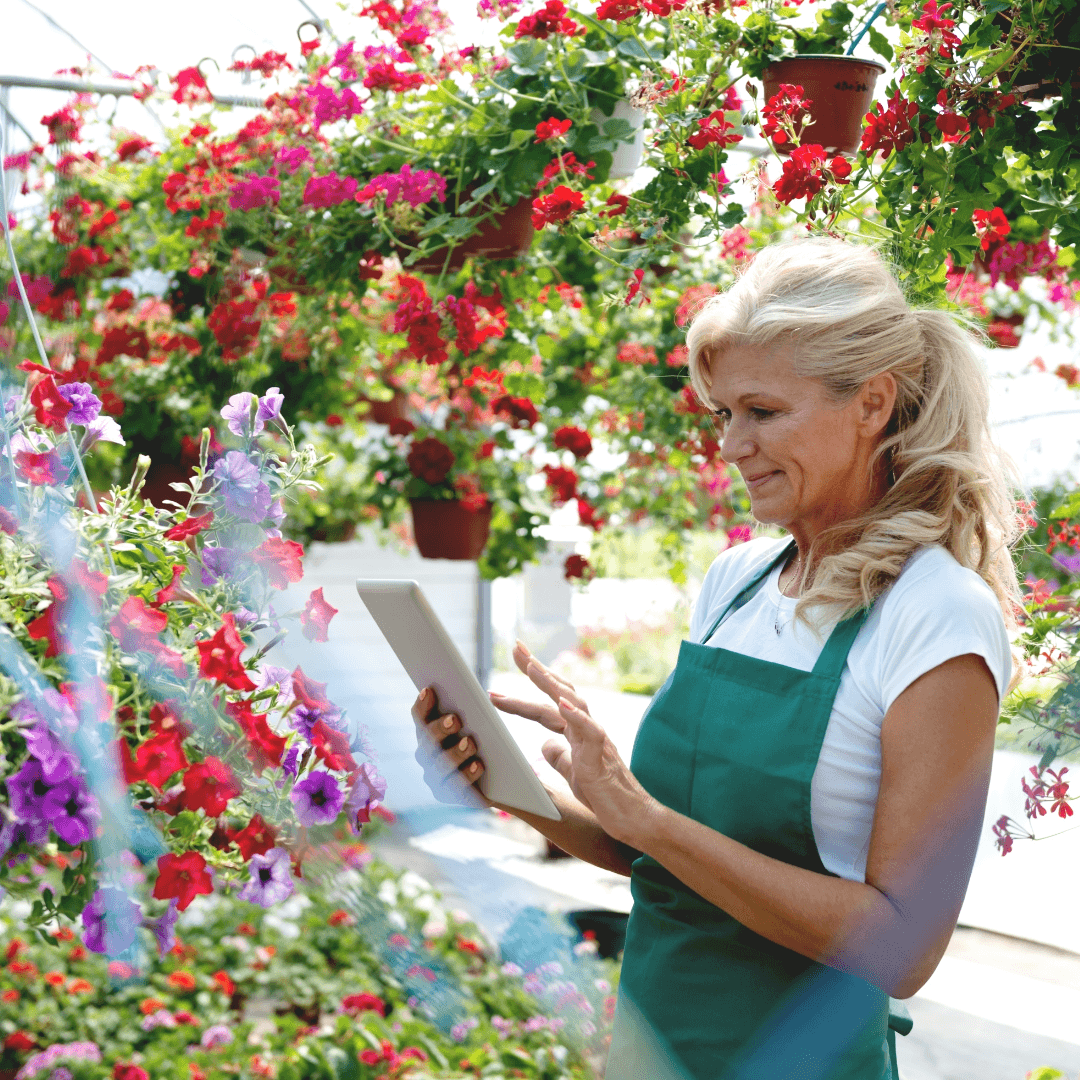
13. Record-Keeping
Record-keeping is a valuable practice for any gardener. You create a valuable resource for improving future gardening seasons by documenting planting dates, yields, and challenges.
Keeping a garden journal or using digital tools allows you to track what worked well and what didn't, helping you make informed decisions in subsequent seasons.
You can better plan crop rotations, choose the most suitable varieties, and address pest or disease issues more effectively.
Additionally, record-keeping enables you to celebrate your successes, track your garden's progress, and feel a sense of accomplishment as you witness your gardening skills evolve.
Whether you're a seasoned gardener or a novice, maintaining records is a simple yet powerful tool that can significantly enhance the quality and productivity of your vegetable garden.

14. Winterizing Your Garden
Winterizing your garden is a crucial step in vegetable garden preparation, ensuring that your garden survives the cold months and emerges healthy and ready for the next growing season.
As you follow these tips to prepare plants for a vegetable garden, remember that winterizing your garden is crucial.
Begin by cleaning up debris, including dead plants and fallen leaves, which can harbour pests and diseases.
This tidying not only enhances the appearance of your garden but also promotes a healthier environment for your plants.
To protect soil quality, consider mulching your garden beds. Mulch acts as a protective blanket, insulating the soil and preventing erosion.
Organic mulch, such as straw or compost, adds nutrients to the soil as it breaks down. Finally, if you have perennials in your garden, ensure they are pruned appropriately for the winter to encourage new growth in the spring.
Winterizing your garden safeguards the hard work you've put into it during the growing season and sets the stage for a flourishing garden in the seasons to come.

15. Harvesting And Maintenance
Harvesting and maintenance are the final chapters in your journey of preparing and nurturing your vegetable garden.
Knowing when to harvest your vegetables is crucial for flavour and quality. Different vegetables have various signs that indicate ripeness, such as colour changes, firmness, or size.
Regularly check your garden for ripe produce to prevent overripening or damage. Additionally, ongoing maintenance is essential to keep your garden thriving—regular weeding and pruning help to manage the growth of your plants and reduce competition for nutrients.
Pruning also encourages air circulation and light penetration, which is vital for plant health. Remove dead or diseased leaves to prevent the spread of diseases and ensure that your plants are devoting their energy to productive growth.
By paying attention to your garden's needs, you'll enjoy a continuous harvest of fresh and flavorful vegetables, making your efforts in preparation truly rewarding.
Conclusion
In gardening, success often begins with the groundwork – quite literally. As we wrap up our exploration of tips to prepare plants for a vegetable garden, it becomes clear that this preparatory phase sets the stage for bountiful harvests and flourishing gardens.
From selecting the ideal location and testing and amending the soil to choosing the right vegetables and employing organic practices, each step in preparing your vegetable garden is like a brushstroke on nature's canvas.
It's a process that marries scientific principles with a deep respect for the environment. As you embark on this journey, remember that every gardener, from the seasoned to the novice, holds the power to cultivate a thriving, sustainable, and delightful vegetable garden, one that not only nourishes the body but also nurtures the soul.
So, dig in, embrace the joy of gardening, and let your vegetable garden become a testament to the wonders of the natural world and the pleasures of homegrown produce.
I trust you enjoyed this article on the Best Tips To Prepare Plants For A Vegetable Garden. Please stay tuned for more blog posts to come shortly. Take care!
JeannetteZ
>>>Please click here to read my all-inclusive article about Container Gardening<<<
Are you interested in homegrown herbs and medicine? Please click here to find out more about it!
Your Opinion Is Important To Me
Thoughts? Ideas? Questions? I would love to hear from you. Please leave me your questions, experience, and remarks about this article on the Best Tips To Prepare Plants For A Vegetable Garden in the comments section below. You can also reach me by email at Jeannette@Close-To-Nature.org.
Disclosure
This post may contain affiliate links. I earn from qualifying purchases as an Amazon Associate and other affiliate programs. Please read my full affiliate disclosure.
You might also enjoy these blog posts:
The Most Stressful Cities In The World
Why Is Wildlife Important And How Can We Protect It
How Nature Impacts Our Wellbeing
Lessons That Will Teach You All About Stress

